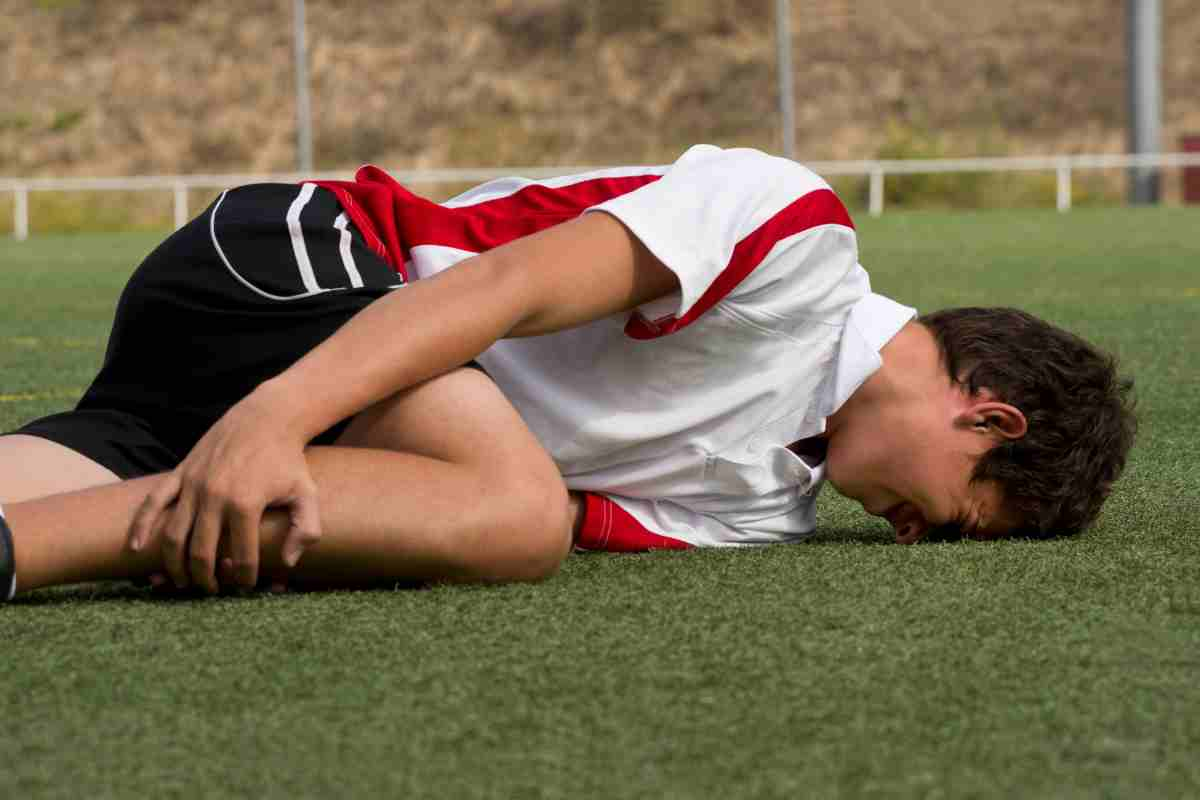
Rehabilitation Sports Injuries: Restoring Strength and Function
-
by Amelia
- 2
Athletes, both professional and recreational, are often exposed to physical stress that can lead to injuries affecting muscles, ligaments, tendons, and joints. The process of rehabilitation sports injuries is designed to restore the body’s normal function after such damage, allowing the individual to safely return to their sport. This approach combines medical expertise, physical therapy, and personalized training programs to support full recovery.
Injury rehabilitation begins with a thorough assessment by medical professionals to determine the extent of the damage. Imaging techniques such as MRI or ultrasound may be used to evaluate the condition of the injured tissues. Based on this diagnosis, a tailored plan is developed, focusing on reducing pain and inflammation, improving range of motion, and rebuilding muscle strength.
Rehabilitation sports injuries programs often include physiotherapy exercises, manual therapy, stretching, strength training, and balance improvement drills. The recovery process may also integrate modalities such as cryotherapy, ultrasound therapy, or electrical muscle stimulation to speed up healing. Just as importantly, rehabilitation addresses biomechanical imbalances that may have contributed to the injury in the first place, reducing the risk of recurrence.
This method is not limited to treating severe injuries; it is also essential for recovering from mild strains, sprains, or overuse injuries. A gradual progression in intensity ensures that the athlete regains confidence, coordination, and endurance, making the return to competition both safe and sustainable.
Sport Injury and Rehabilitation: A Comprehensive Recovery Approach
The term sport injury and rehabilitation encompasses the full journey from the moment an injury occurs to the point of complete recovery. It includes immediate first aid, medical treatment, and the structured rehabilitation program that follows. For optimal outcomes, this process requires a multidisciplinary approach involving sports physicians, physiotherapists, trainers, and sometimes orthopedic surgeons.
In the acute stage, the priority is to manage pain, control swelling, and prevent further tissue damage. Depending on the severity, treatments may range from conservative methods like rest and physiotherapy to surgical intervention for more complex injuries. Once the initial healing phase is complete, sport injury and rehabilitation focuses on restoring joint stability, muscle endurance, and sport-specific skills.
Preventive strategies are also an integral part of rehabilitation. Athletes are educated on proper warm-up techniques, strength and flexibility training, and safe movement mechanics to avoid future injuries. Nutritional guidance and recovery monitoring can further enhance the body’s resilience during training and competition.
Ultimately, sport injury and rehabilitation is not just about healing; it is about rebuilding the physical and mental readiness required to return to sport at peak performance. With a well-structured program and professional supervision, athletes can regain their competitive edge while minimizing the risk of re-injury, ensuring a long and healthy sporting career.
